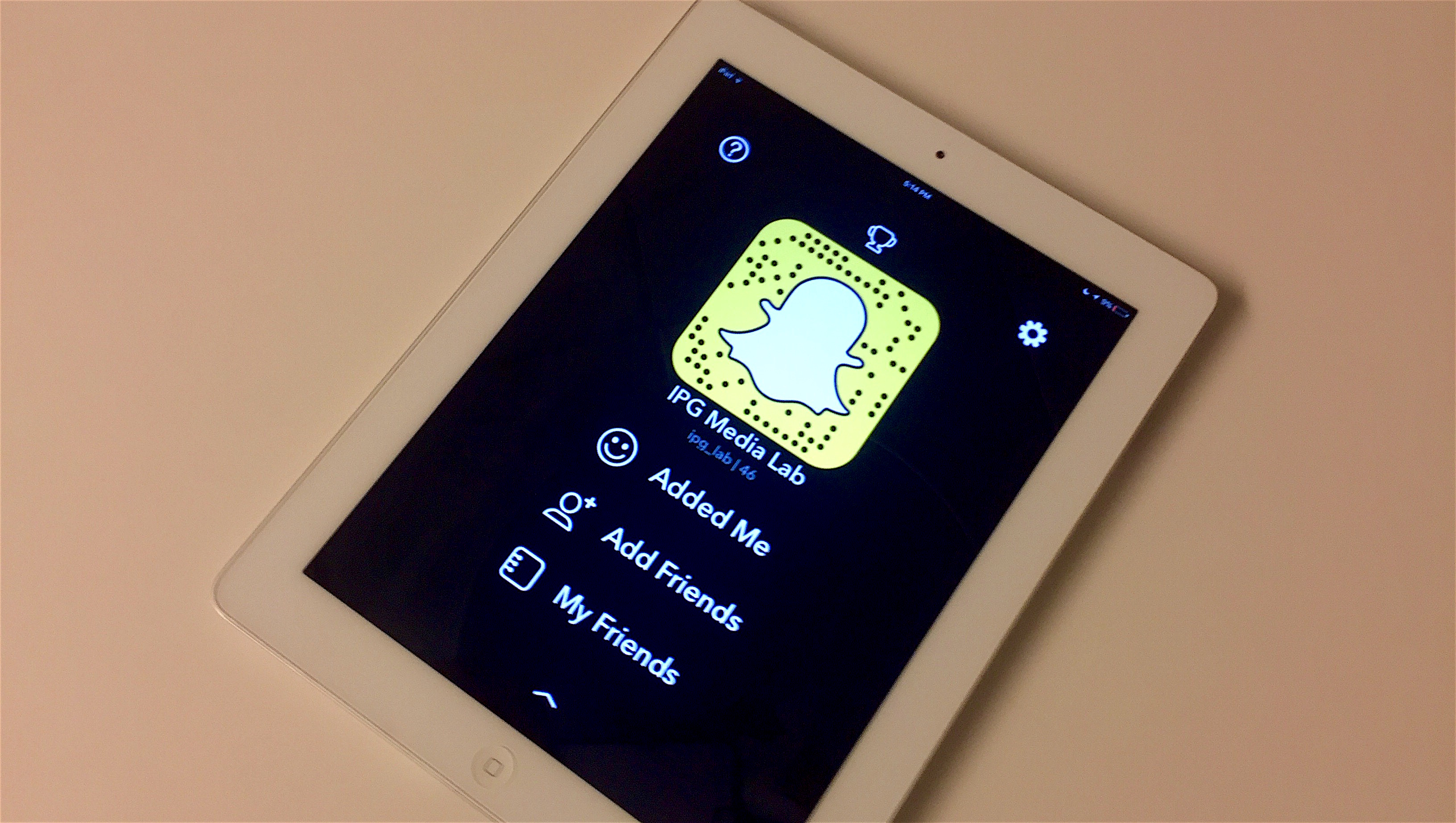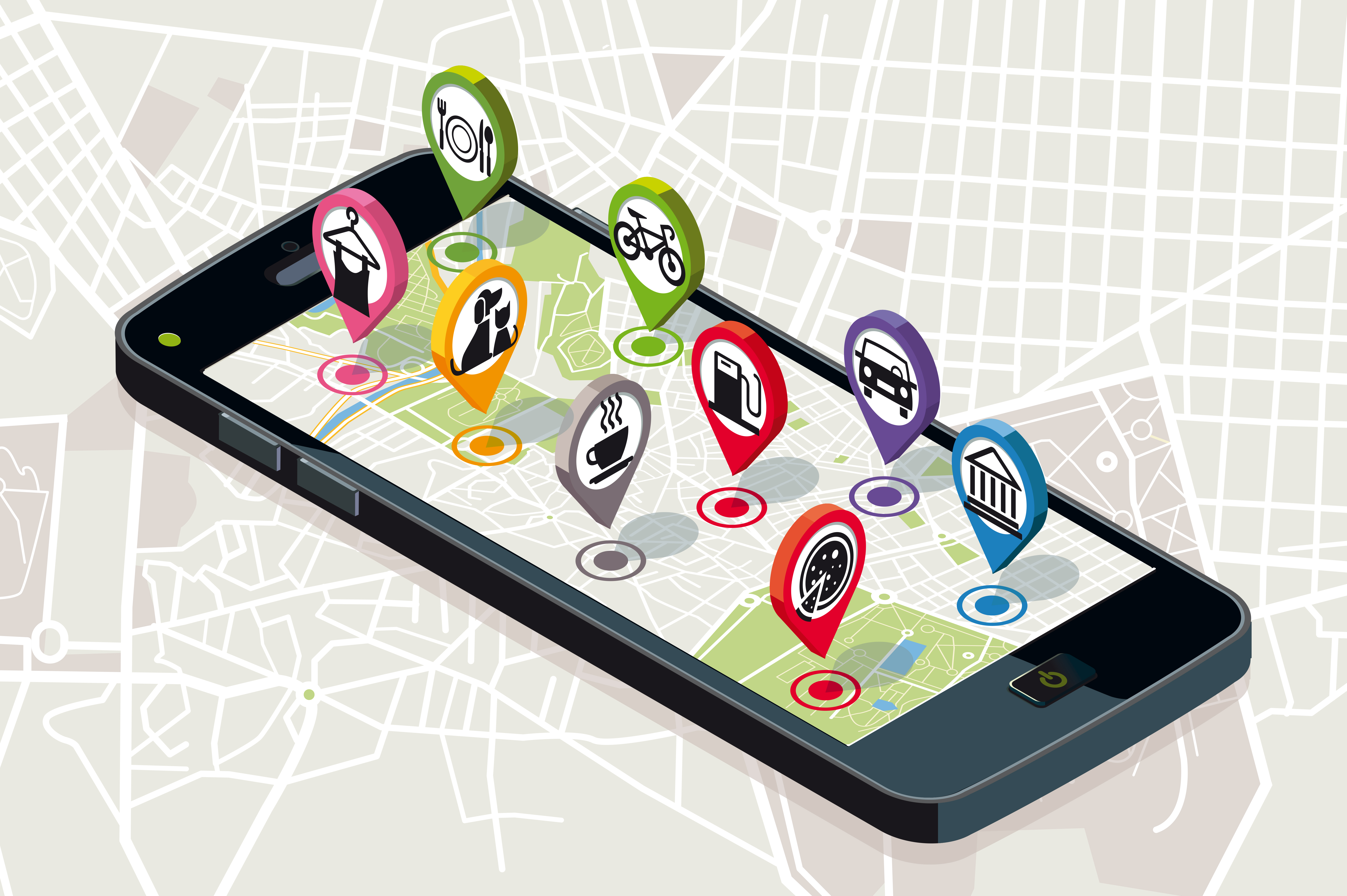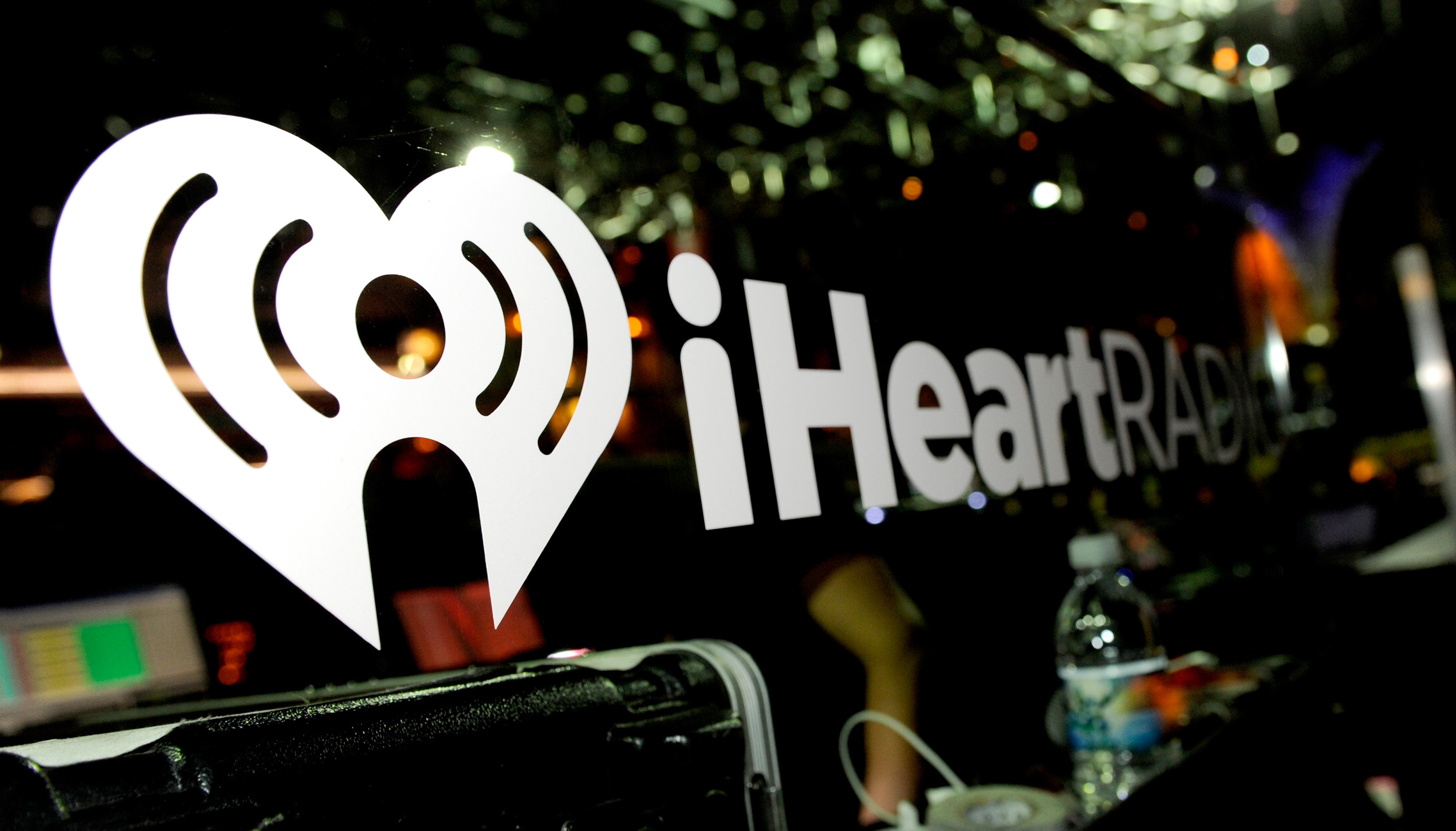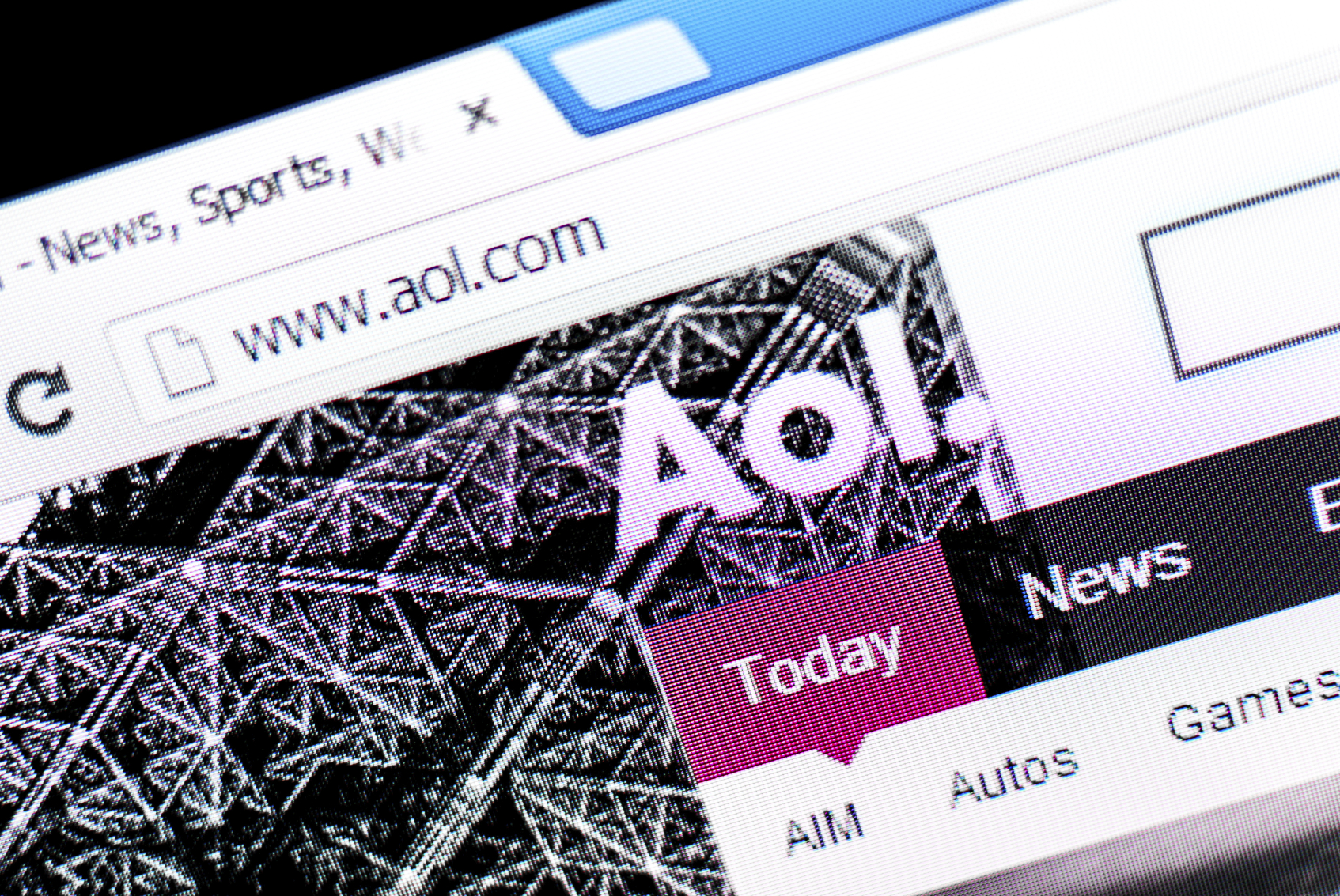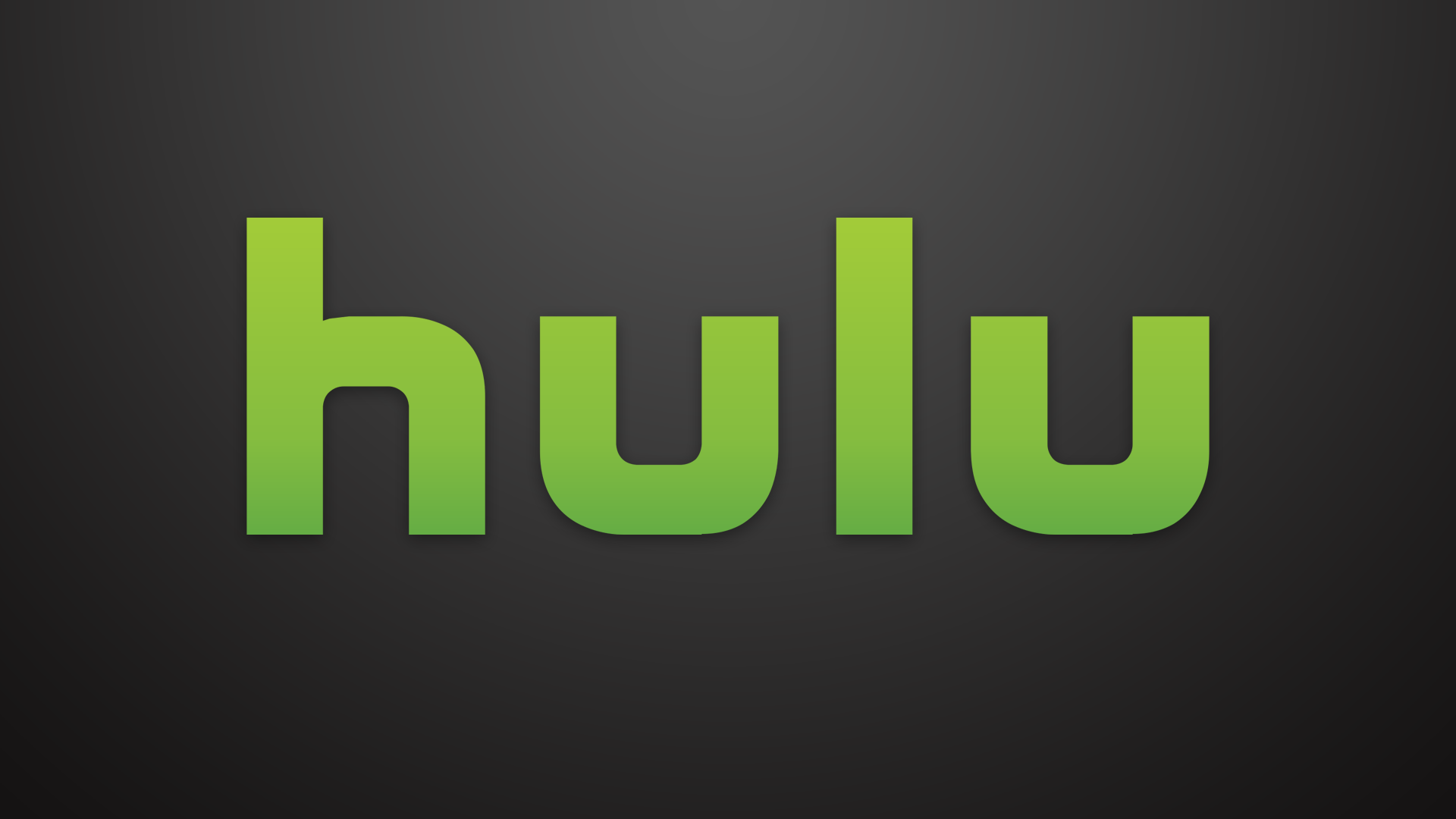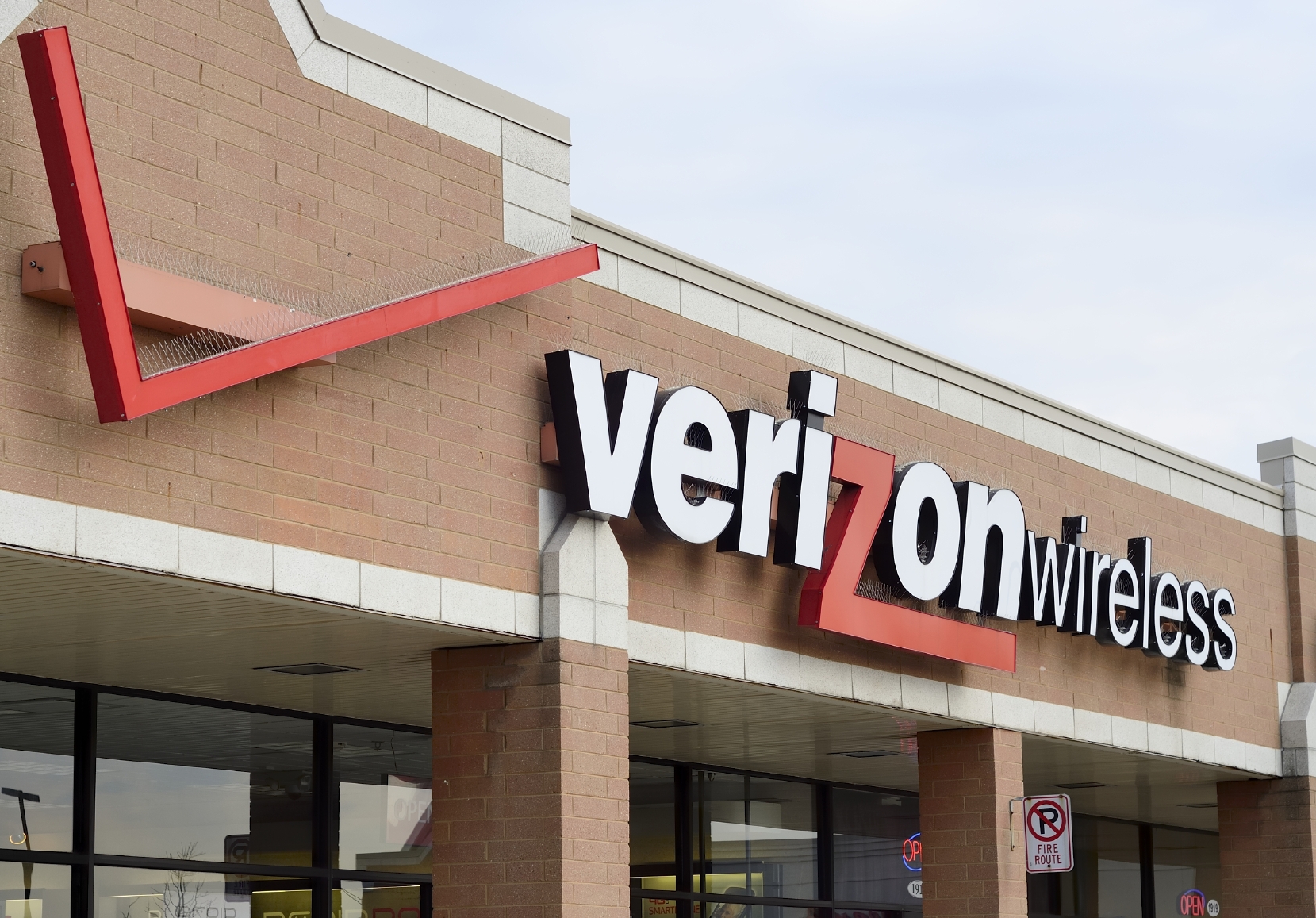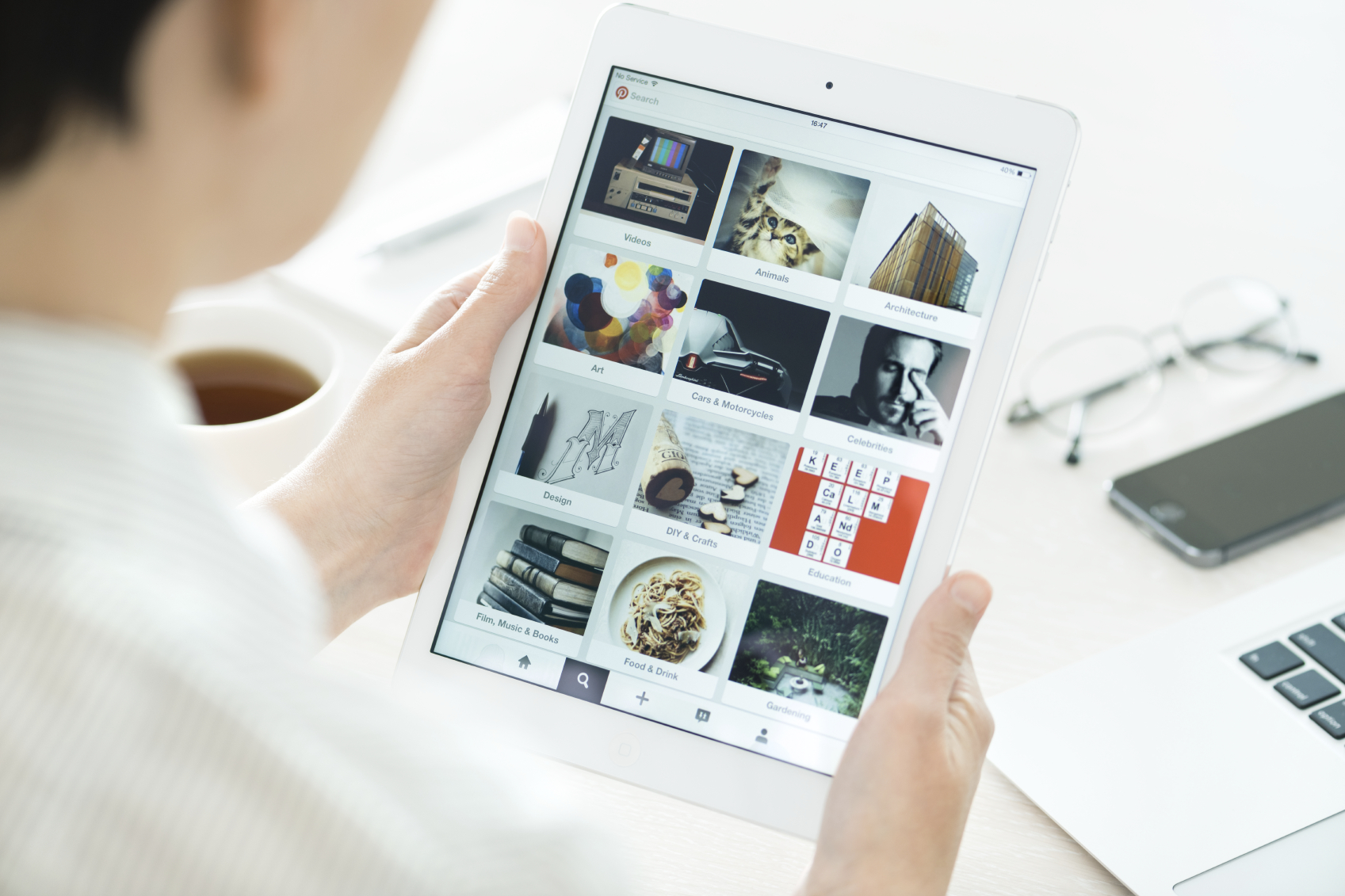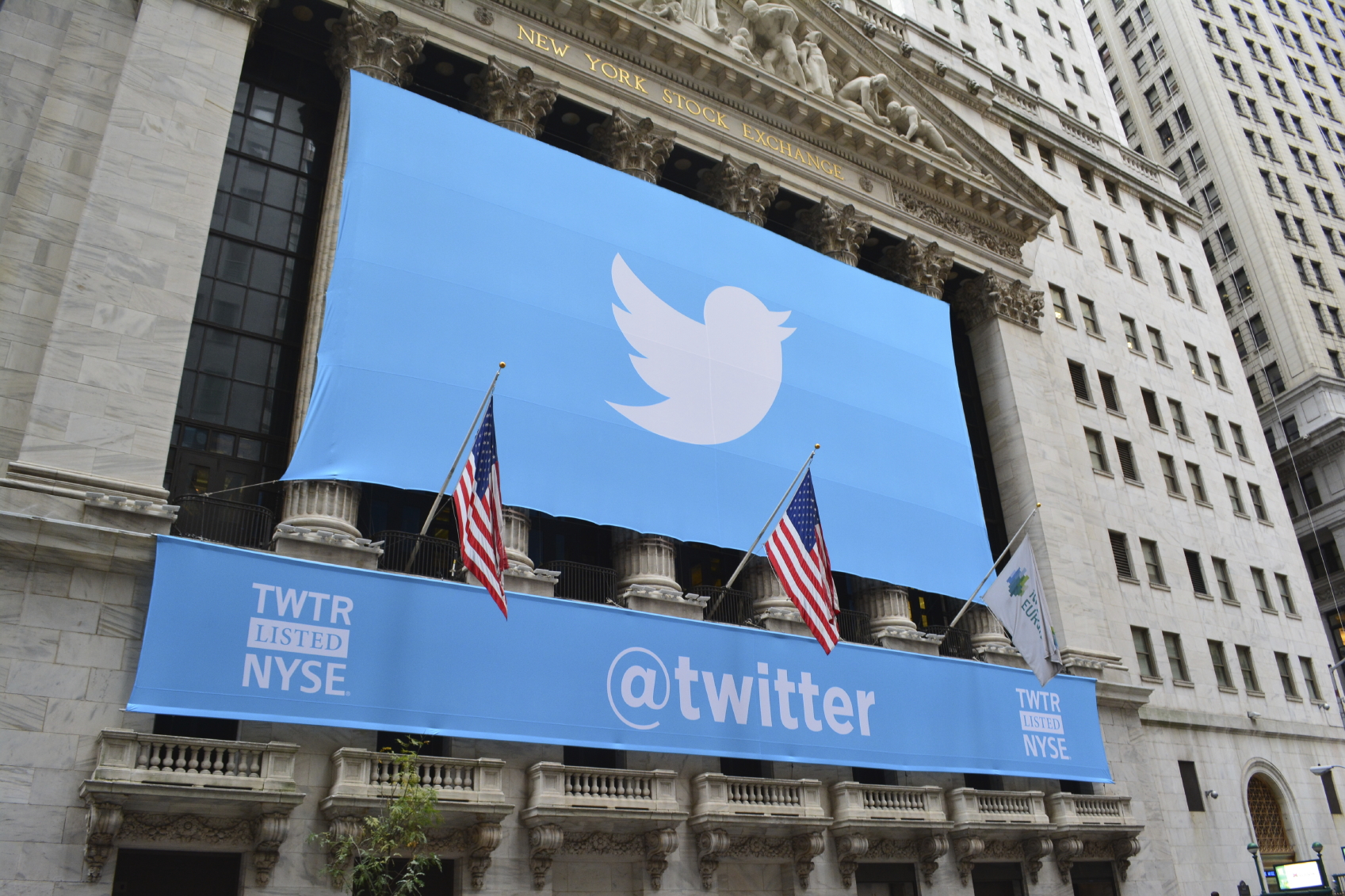What Happened
Snapchat has officially opened its advertising API to third-party partners for programmatic ad sales. Brands including McDonald’s, Unilever, Nissan, and Gatorade are among the first to try out programmatic buying on Snapchat. Its API also includes targeting via email matching, performance visualization tools for real-time tracking, and the ability to do A/B testing for in-app campaigns.
What Brands Need To Do
According to eMarketer, Snapchat is expected to expand its user base by 27.2% this year, surpassing its rivals such as Twitter and Pinterest. Now with the added support for programmatic buying, Snapchat took another big step in improving its ad products to match its rapid growth. Brands need to consider getting on Snapchat to reach its young-skewing users via not only standard video ads, but also more unconventional ad units such as custom Geofilters and branded selfie lenses.
Source: AdAge
